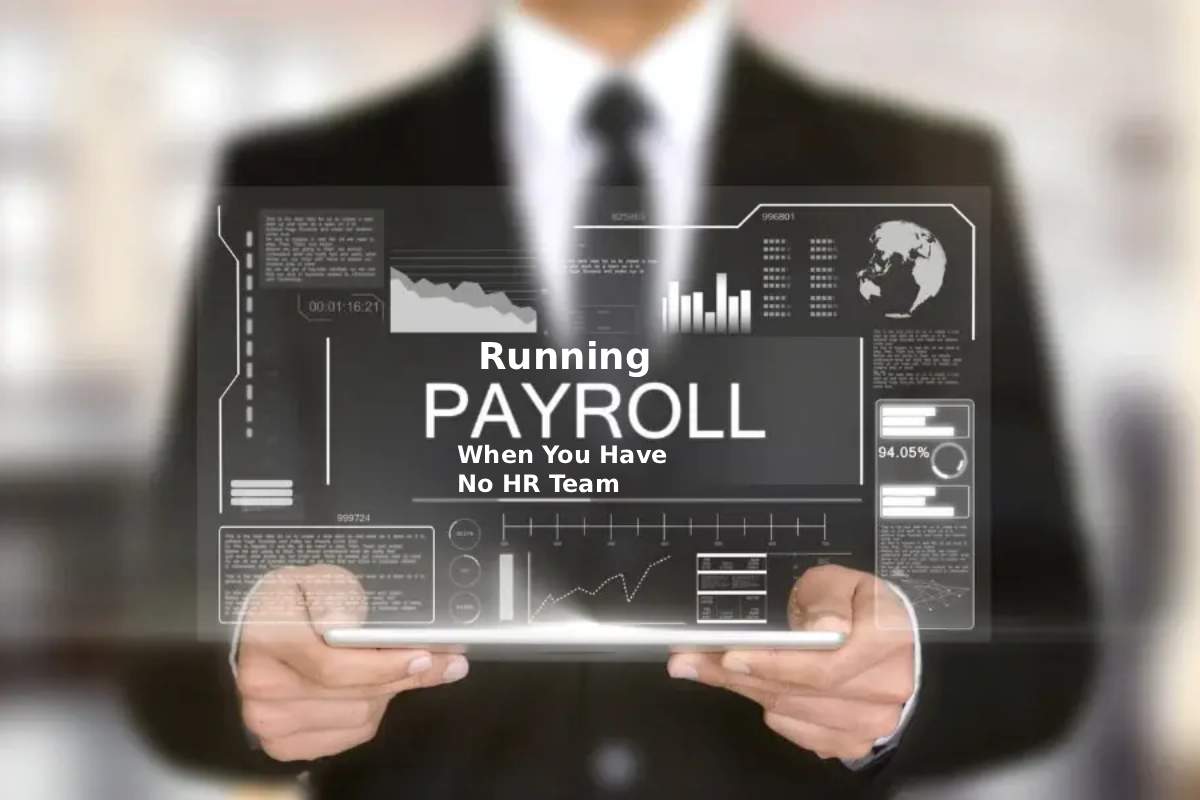Managing payroll without a dedicated HR team can feel overwhelming, but it doesn’t have to be. Whether you’re a solo entrepreneur or a small-business owner with just a handful of employees, you can still handle payroll confidently and correctly. With the right systems in place, you can stay compliant, save time, and avoid costly mistakes.
This guide walks you through practical steps to simplify the payroll process, even if you’re managing it all on your own.
Know the Basics Before You Start
Payroll is more than just writing checks. It includes tracking hours, calculating taxes, issuing payments, and filing necessary reports. Even without an HR team, it’s possible to do this efficiently if you understand the essentials. Here’s what every employer should know before processing payroll:
- Employee classification (W-2 vs. 1099)
- Federal and state tax requirements
- How to calculate gross vs. net pay
- Which payroll forms to submit (like W-4, W-2, 941)
Getting these details right from the beginning reduces compliance risks and simplifies payroll moving forward.
Gather All the Right Documentation
Make sure you’ve collected the necessary paperwork from employees before running your first payroll. This includes tax forms, bank account information for direct deposit, and proof of work eligibility.
You should also apply for an Employer Identification Number (EIN) and register with your state’s labor and tax departments if you haven’t already. These steps are required before issuing legal paychecks.
Calculate Payroll Expenses Accurately
Understanding how much your employees actually cost is key to staying on budget. It’s not just wages. You also have to account for payroll taxes, benefits, and other related expenses.
Use a tool like a payroll expense calculator to estimate the full cost of each employee. This helps you plan ahead, avoid cash flow issues, and make informed hiring decisions.
Track Hours Consistently
Accurate time tracking is essential if you’re paying hourly workers. Without an HR department to oversee this, you’ll need to establish clear expectations and systems for recording hours.
An easy way to handle this is to use a time card conversion tool, which helps convert worked hours into total pay based on your wage rates. Whether your team is in-office or remote, this allows you to maintain consistency and transparency.
Understand Payroll Tax Obligations
Even without HR support, you’re still responsible for correctly withholding and remitting payroll taxes. This includes:
- Federal income tax
- Social Security and Medicare taxes (FICA)
- Federal unemployment tax (FUTA)
- State and local taxes (where applicable)
You’ll need to file forms such as 941 quarterly and issue W-2s at year-end. Double-check deadlines on the IRS employment tax calendar so you don’t miss key filing dates.
Choose a Consistent Pay Schedule
Pick a payroll frequency that suits your cash flow and workload. Common pay schedules include weekly, biweekly, semimonthly, and monthly.
Whatever you choose, stick with it. Consistency helps employees plan financially and reduces confusion when it’s time to process payments.
Set Up a System for Direct Deposit
Paying your team by direct deposit is faster and more secure than printing paper checks. It also simplifies recordkeeping. You’ll need employees’ bank account information and routing numbers to get started.
Some states require employers to offer direct deposit while others mandate a choice between electronic and paper payments. Review local regulations to ensure compliance.
Keep Detailed Records
Even without an HR department, you’re required to maintain payroll records for several years. These records include:
- Employee information and signed tax forms
- Timecards and hours worked
- Paystubs and payment history
- Tax filings and payment confirmations
Having everything organized will save you time if you’re ever audited or you need to answer employee questions.
Automate What You Can
Manual payroll is time-consuming and leaves room for error. If you’re running payroll solo, automating parts of the process will lighten your load. Automation can help with:
- Tax calculations and deductions
- Direct deposit transfers
- Wage summaries and reports
- End-of-year forms like W-2s and 1099s
This doesn’t replace human oversight, but it does reduce repetitive tasks and improve accuracy.
Communicate Clearly With Your Team
Without an HR team acting as a go-between, you’ll need to handle all payroll questions directly. Set expectations early, including how and when employees will be paid, how to report time worked or request time off, and where to go with paycheck or tax form issues. Clear policies help reduce confusion and build trust with your staff.
Know When to Ask for Help
There may come a time when managing payroll alone becomes too much. In that case, don’t be afraid to outsource certain functions or bring in a part-time consultant to review your setup. Even occasional professional support can help you identify gaps, catch compliance issues early, and make adjustments before they become expensive problems. You might not need full-time help, but targeted support can be valuable in specific situations, such as:
- Launching payroll for the first time
- Hiring remote workers across state lines
- Adapting to new tax laws or reporting rules
- Handling year-end tax filings or audits
- Implementing new payment or time tracking systems
Bringing in the right help at the right time keeps your payroll process efficient and protects your business as it grows.
Solo Payroll Can Be Successful
Running payroll without an HR department isn’t easy, but it’s doable. With the right tools, accurate records, and a clear understanding of your responsibilities, you can pay your employees properly and stay compliant.
Remember, you don’t have to figure everything out at once. Start with the essentials, build a reliable process, and make small improvements as your business grows.


